A lot of civilian trucks trace their roots back to military service, but most folks don’t realize just how direct those connections are. Some were surplus rigs sold off after duty. Others were adapted from combat-ready platforms and quietly slipped into dealerships with a new coat of paint and a few concessions to comfort. These weren’t marketing experiments—they were work-first machines built to take a beating. Over time, they made their way into civilian hands, where they hauled, towed, climbed, and aged like trucks are supposed to. Here are 10 military trucks that made that transition.
Mercedes-Benz Unimog

Originally built for post-war agricultural use, the Unimog quickly found favor with militaries for its off-road ability and torque-heavy diesel engines. Civilian versions kept the basics—portal axles, high ground clearance, and low-range gearing. Most models used inline-four or inline-six diesel engines, with output ranging from 84 to over 200 hp depending on the year. Inside, it’s spartan but functional. The cab-over layout gives you a commanding view, and while it won’t win any comfort awards, the thing can crawl over just about anything. It’s more workhorse than weekend cruiser—but that’s the appeal.
AM General Hummer H1
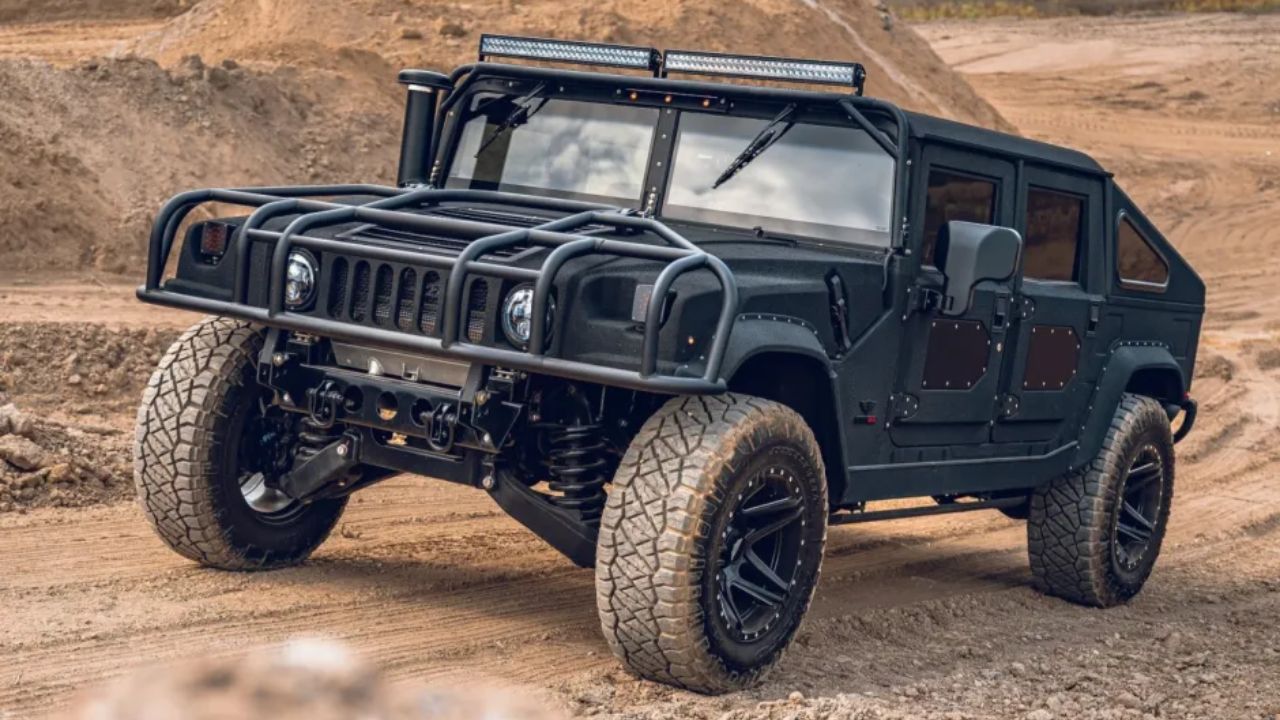
The H1 started life as the M998 Humvee, designed for military logistics and troop transport. When AM General offered it to the public in the early ’90s, it kept the same bones—independent suspension, 16 inches of ground clearance, and a wide stance that barely fit in a standard lane. Civilian models came with various engines, including a 6.5L turbodiesel V8 making around 195 hp and 430 lb-ft of torque. The interior was bare-bones and loud, but you didn’t buy it for comfort. You bought it because nothing else looked or drove quite like it.
Dodge Power Wagon (Post-WWII Civilian Version)

The original Power Wagon was based directly on the military WC series trucks Dodge built during WWII. When the civilian version launched in 1946, it came with a 230ci flathead straight-six and a 4-speed manual transmission. It wasn’t quick, but it was nearly unstoppable off-road. The cab was simple, all metal and vinyl, built to be hosed out if needed. It came with a two-speed transfer case and heavy-duty axles—stuff that farm trucks and early off-roaders dream of. Modern Power Wagons are much more refined, but the old ones still do serious work.
Land Rover Series I–III
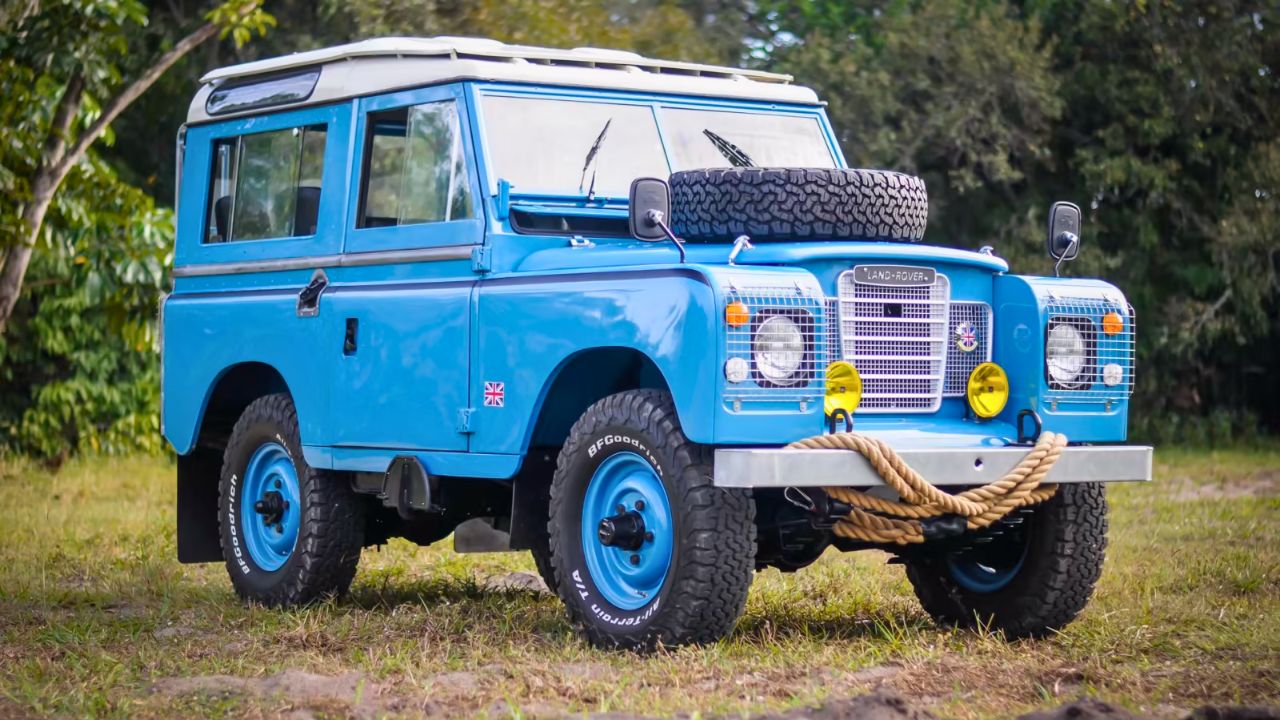
Before the Defender name came along, there were the Series trucks—designed with military use in mind, but sold right alongside civilian models. The setup was simple: leaf-sprung axles, boxy aluminum body panels, and either a diesel or gas inline-four under the hood. Power was modest—think 70–80 hp in most versions—but the gearing was tight and the chassis handled abuse. Inside, it was as basic as it gets: steel dash, hard bench seats, minimal insulation. These rigs were used by armed forces, farmers, and explorers alike—because they just kept going.
Kaiser Jeep M715 / Jeep Gladiator
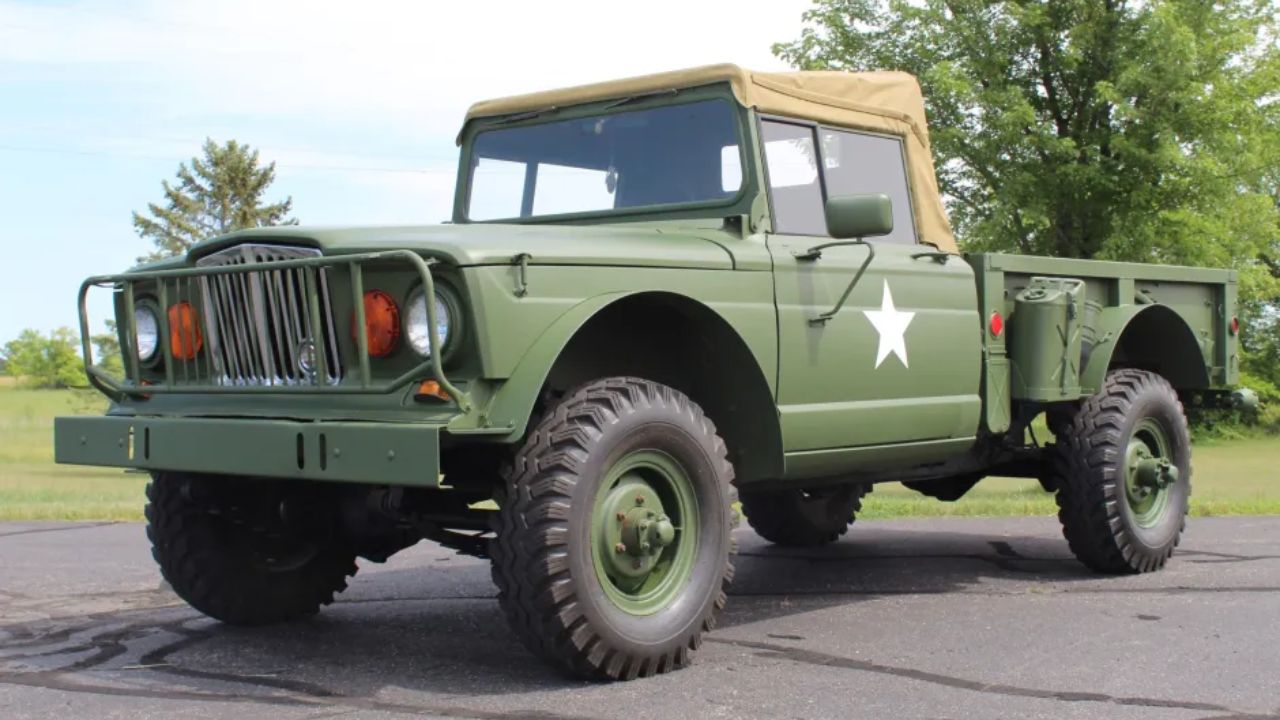
The M715 was a military truck based on the civilian Jeep Gladiator, which in turn borrowed some elements back when the M715 became available as a surplus buy. It used a 230ci inline-six engine mated to a 4-speed manual, delivering around 133 hp. Though designed for troop and cargo duty, surplus models found new life on ranches, work sites, and even off-road trails. The Gladiator that spawned it had a bit more comfort and options, but both shared a similar rugged, no-nonsense vibe that kept them relevant long after their service years ended.
Chevrolet CUCV (Commercial Utility Cargo Vehicle)
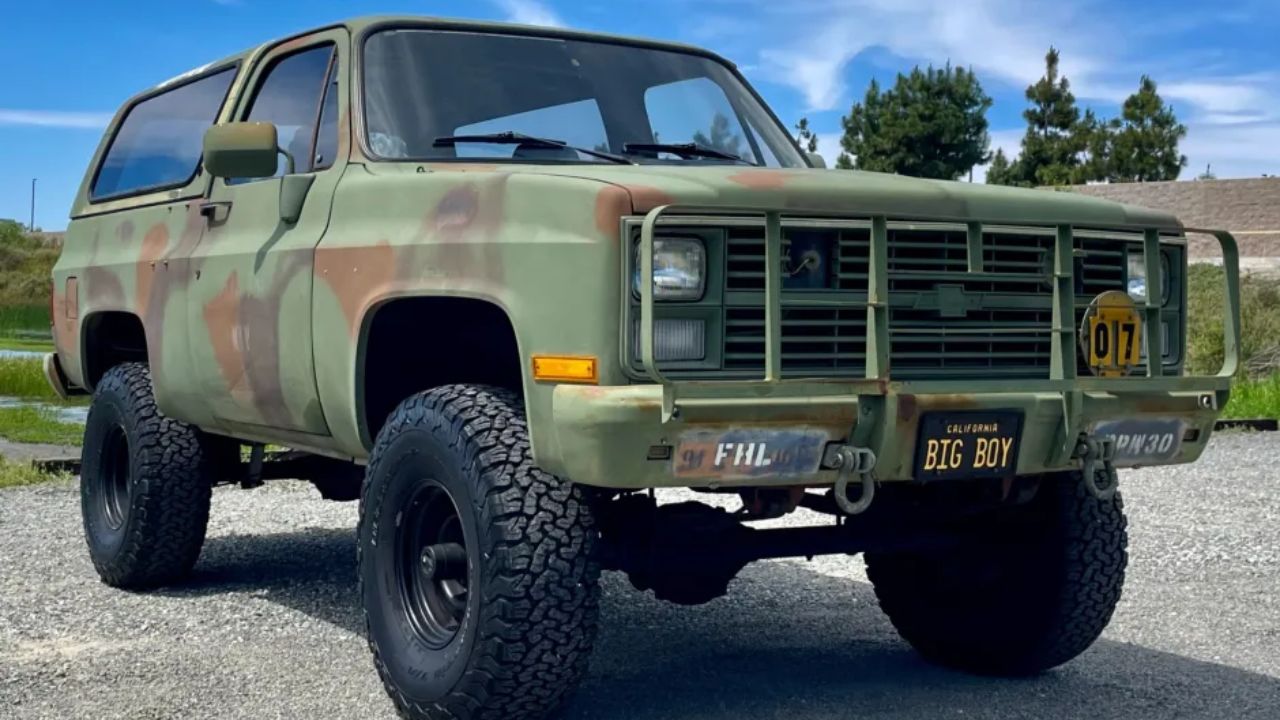
The CUCV line took GM’s full-size pickups and turned them into military-grade work trucks in the ’80s. Civilian versions—like the K10 and K30—shared a lot of the same DNA. The CUCVs had 6.2L diesel V8s, heavy-duty axles, and 24-volt electrical systems. When they hit the surplus market, people snapped them up for off-grid use or hardcore towing. The interiors were basic vinyl and steel, with few creature comforts. But the drivetrain and suspension were built to handle punishment. If you see one still kicking around today, odds are it’s working, not posing.
Volvo C303
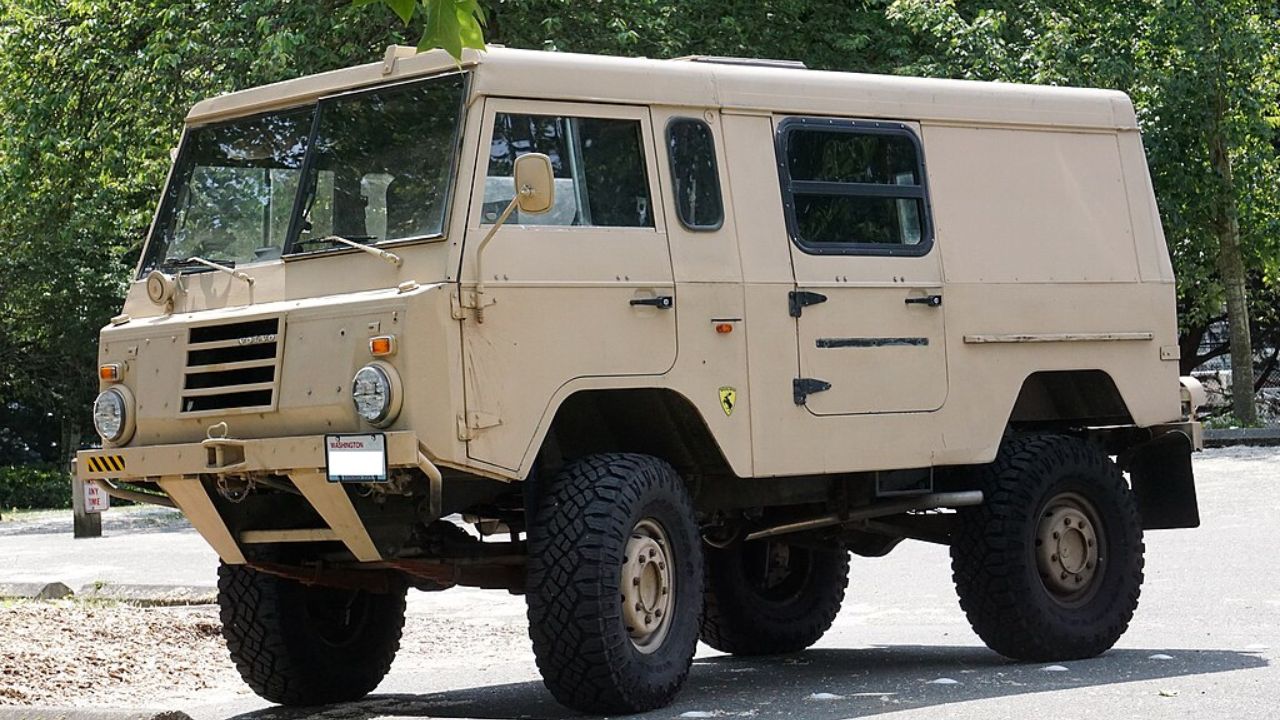
Built for the Swedish military, the Volvo C303 eventually found its way into civilian hands. It featured portal axles, locking differentials, and a 3.0L inline-six producing around 117 hp. The tall, narrow body helped it maneuver through forests and snowbanks, while the interior was pure utility—flat panels, canvas seats, and no real sound deadening. What makes it interesting is how much it shares with Unimog-style rigs, but in a more compact, Swedish package. Civilian buyers use them for expedition builds, but they’re rare outside Europe and parts of Canada.
Steyr-Puch Pinzgauer
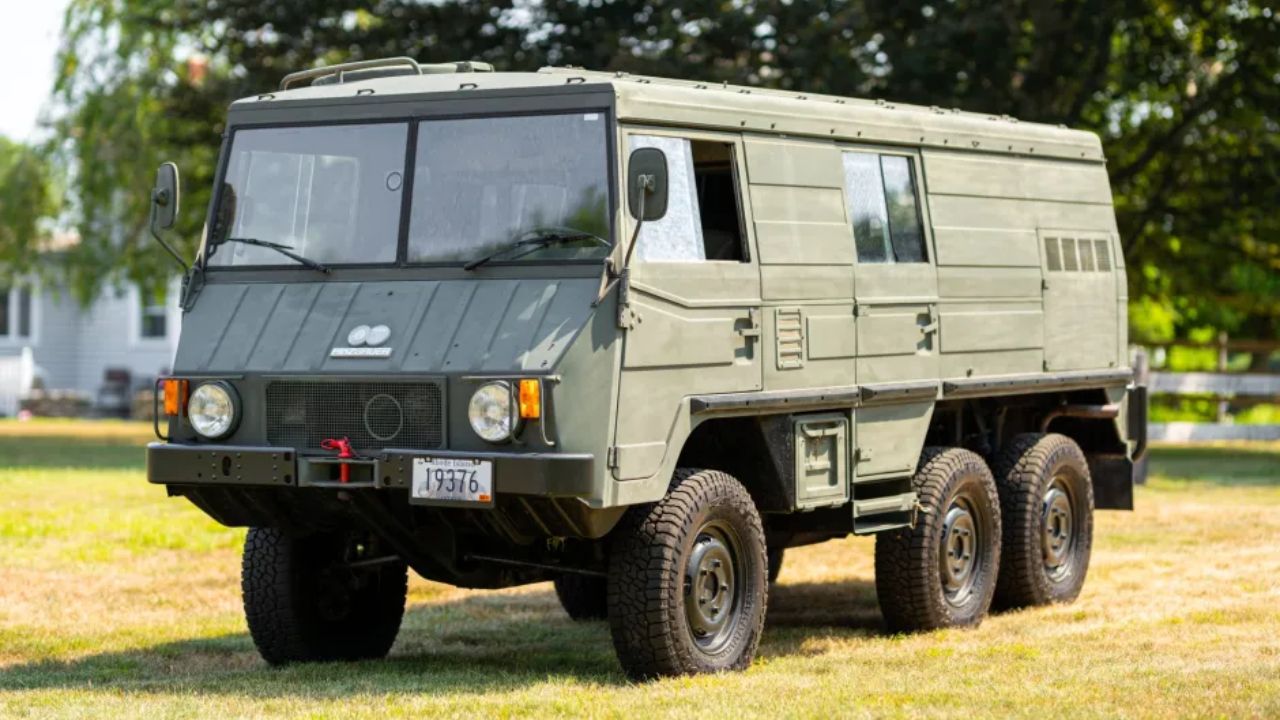
Austria’s Pinzgauer was built as a military transporter but picked up a quiet cult following among civilians who wanted serious off-road chops. It came in 4×4 and 6×6 versions with air-cooled flat-fours or inline-fours depending on the model. Output hovered around 90–110 hp, but with a lightweight body and fully independent suspension, it could go places most trucks wouldn’t attempt. Interiors were minimal and modular—just rows of folding seats and a few gauges. You’ll mostly find them now in fire departments, expedition fleets, or owned by people who like to wrench.
Toyota Mega Cruiser
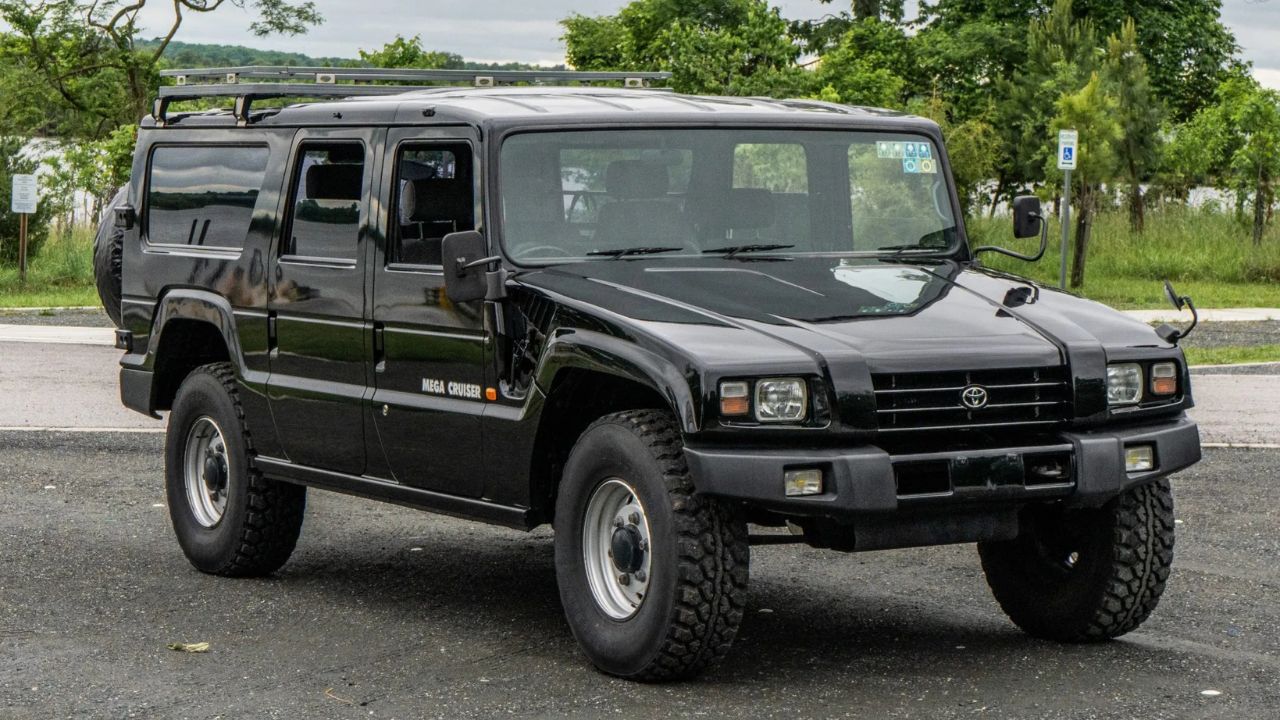
Think of it as Toyota’s version of the Hummer. Built primarily for Japan’s Ground Self-Defense Forces, the Mega Cruiser was also sold in limited numbers to civilians. It used a 4.1L turbodiesel inline-four pushing around 153 hp and 280 lb-ft of torque. It came with full-time 4WD, four-wheel steering, and could handle tough terrain with ease. The cabin wasn’t exactly plush, but it was more refined than most of the trucks it served alongside. They’re hard to find outside Japan, but for the few who’ve imported them, it’s an experience closer to a tactical rig than a daily driver.
Ford GPW / Willys MB (Jeep)
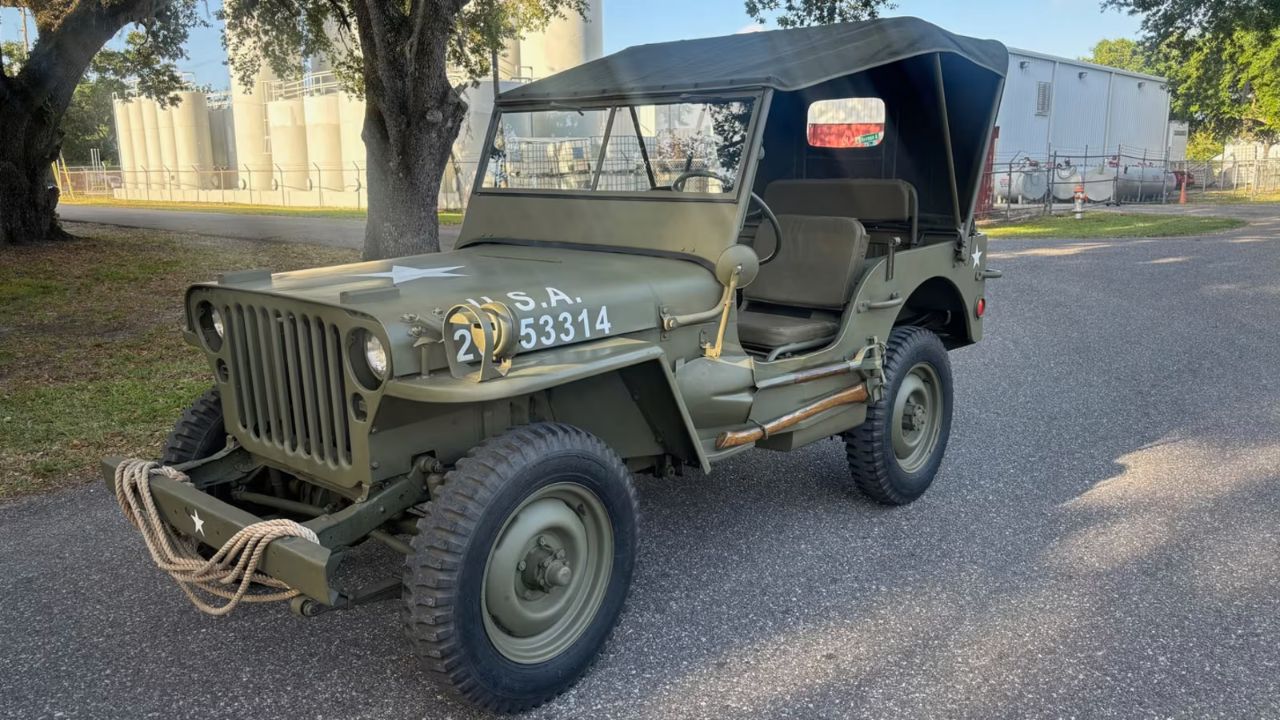
The original WWII-era Jeep started with military use, but its legacy carried straight into civilian life with the CJ series. The GPW and MB versions used a 134ci “Go Devil” four-cylinder pushing 60 hp and were built for durability, not comfort. Civilian Jeeps that followed stayed close to the formula—flat fenders, soft tops, and a compact footprint. These early CJs were spartan but practical, and for years, they were as common on farms and ranches as they were in hunting camps. That military DNA stuck around longer than most people realize.
Like Fast Lane Only’s content? Be sure to follow us.
Here’s more from us:


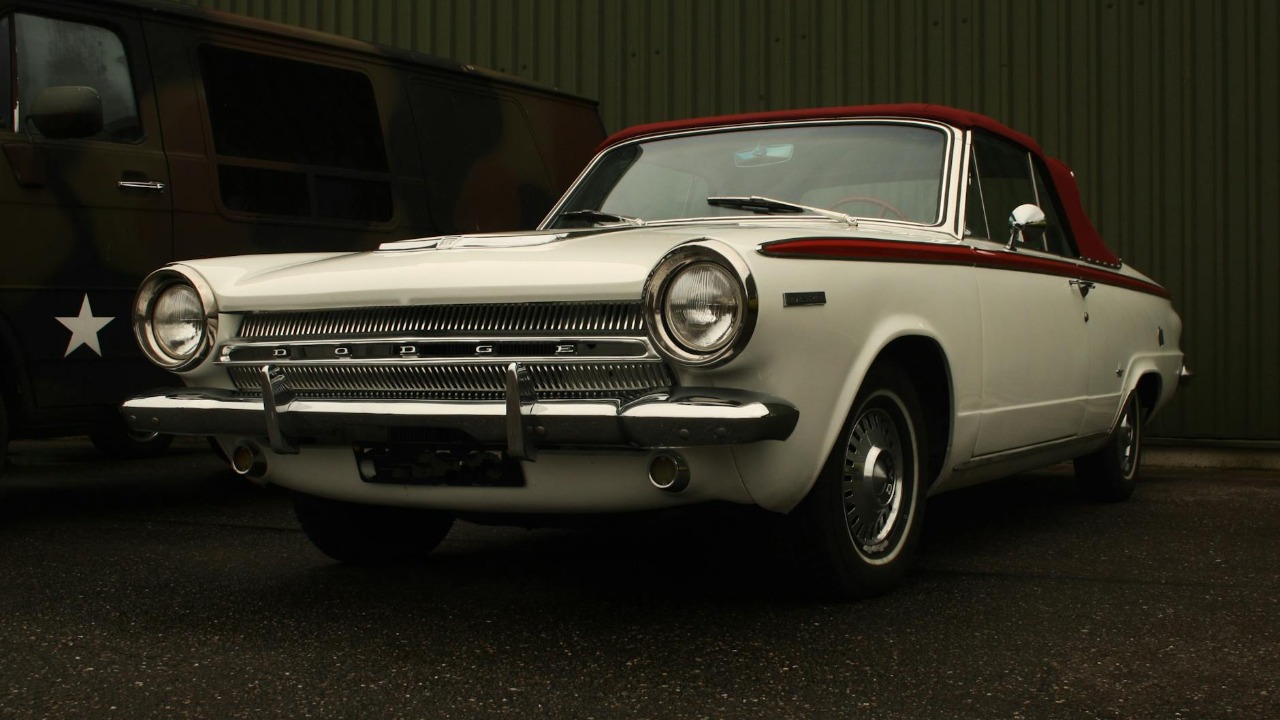

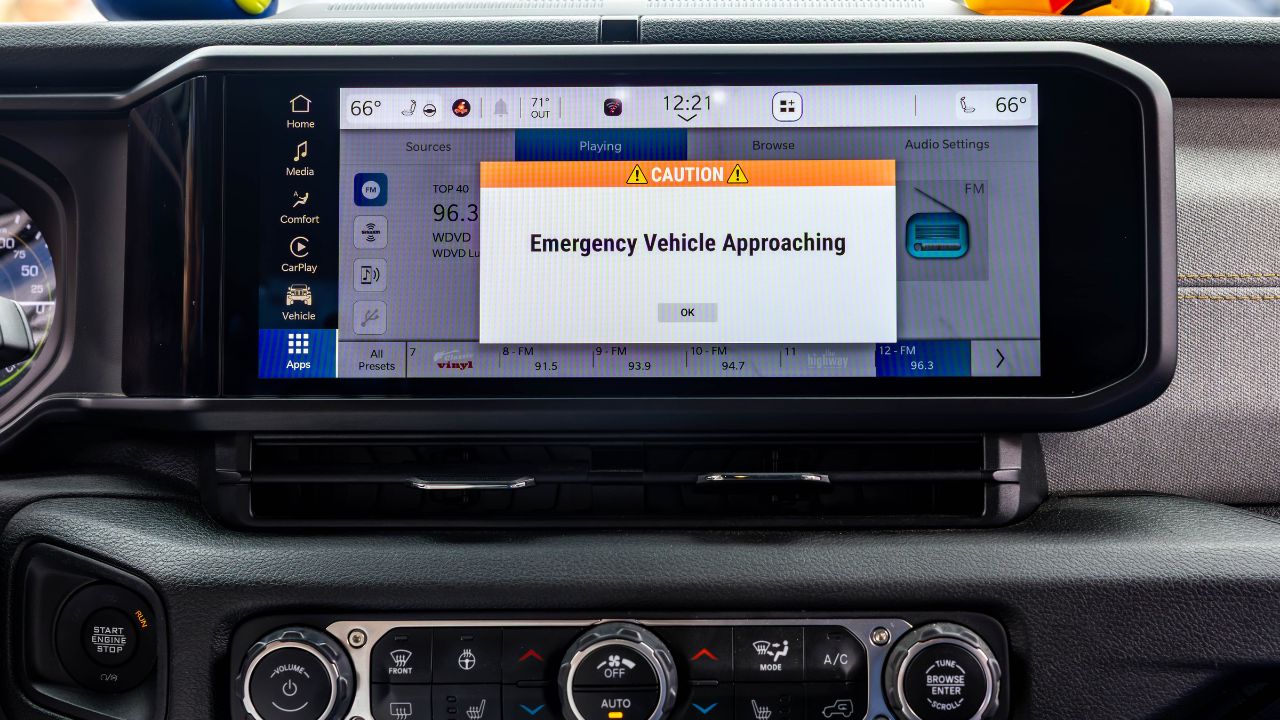
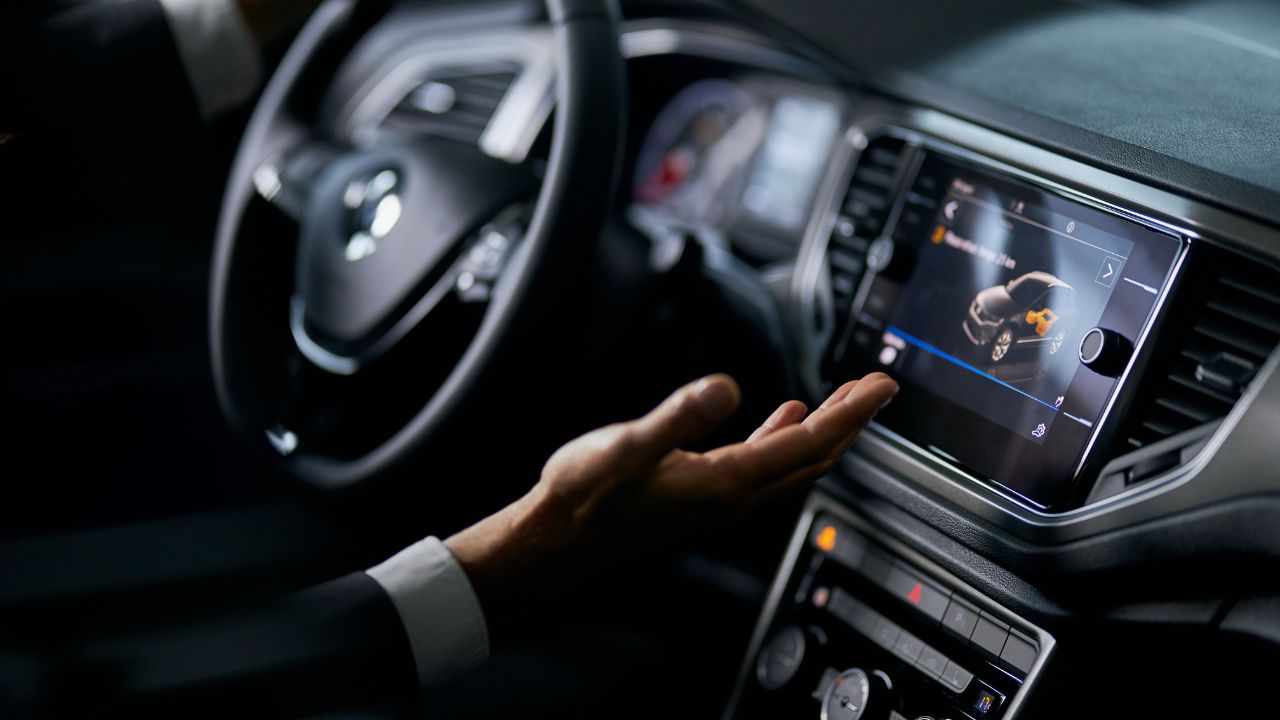

Leave a Reply